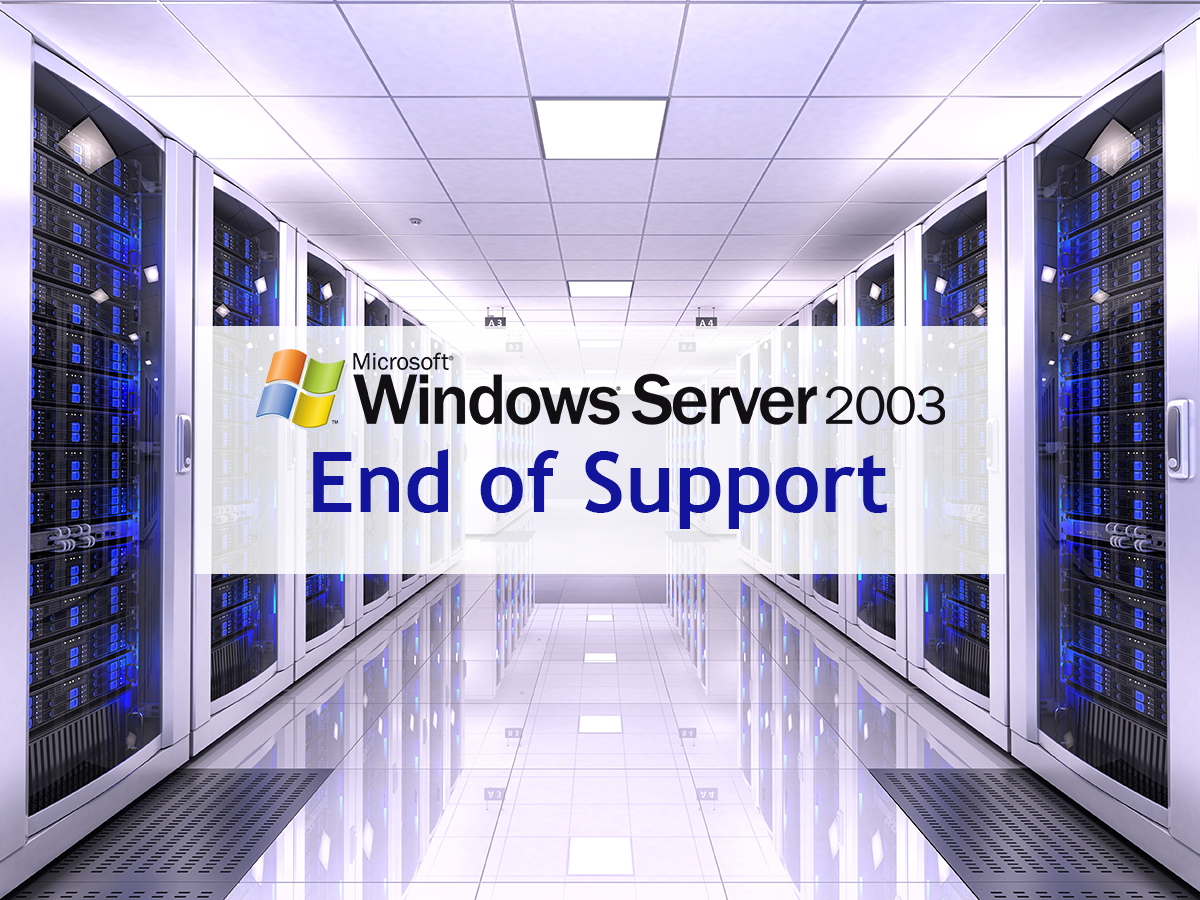End of support is coming for Windows Server 2003: five reasons to stop gambling on it.
According to recent numbers, there is about 23 million Windows Server 2003 virtual instances, running across 11.9 million physical servers, globally. Of these 23 million instances, a large percentage is comprised of VPN and VPS corporate users, making use of these servers to store, manage and work with data belonging to customers, clients and employees. All sorts of data flows through these servers, from point of sale transactions, to employees record sets, stock, inventory, you name it.
As of July 14th, Microsoft will officially cease support of Windows Server 2003, and of all of its 23 million instances, across data centers worldwide, run by all sorts of companies, big and small.

Windows Server 2003 was succeeded by two versions, one released in 2008, and the most recent one in 2012, which, ironically, as it sports the same lack of the Windows task bar menu as Windows 8, it suffered a similar shun from business customers, although it still retained a fair share of individual VPS and VPN casual users and independent professionals.
Still, the numbers are not enough, and many companies are still running a version of Windows Server whose looming lack of support will soon put enterprise data at risk, and here are five reasons why:
Security
Protecting company data, and customers data from malicious tampering is paramount. In terms of security, an abyss separates Windows Server 2003 and Windows Server 2008, although the 2008 version is still pretty far behind. Many of the security protocols in place to protect Windows Server 2003 are now obsolete and well-known to hackers, which translates into a multitude of ways for attackers to take over data centers with ease, to steal company data, and perform all sorts of malicious operations.
Government compliance
Organizations and companies affiliated with the US government, or formally hired to provide data handling operations on behalf of government bodies, are required to comply to certain standards in regard to security. Organizations found to use software that is no longer supported, and therefore potentially a security hazard, can result in heavy fines and penalties, as well as loss of business.
Compatibility
Third party software and hardware is changing, at all enterprise levels. New technology powers operations on all fronts, from retail to wholesale, to corporate, which requires support for modern drivers that may not be available to older operating systems. Considering the age of Windows Server 2003, many hardware manufacturers have ceased from providing driver support for their products, in favor of newer operating systems that are more compatible and easier to manage.
Performance
Windows Server 2003 is a Windows XP-era operating systems, and, at its core, it’s much slower and less responsive than Windows Server 2008 and 2012. This translates in slower operations within an environment that can’t possibly take full advantage of memory and CPU resources, especially if the hardware is newer. The lowest offerings of most data centers catering to professional users, provide a typical configuration of 1-2GB of RAM, and two CPUs at best. This type of configuration is fine for regular low-end operations with Windows Server 2012, but extremely sluggish on Windows Server 2003.
When running a data center that must handle data very quickly, for instance when running a cloud-based CRM (Customer Relation Management), applications need to access, manipulate and return data instantly, especially in situations where every delayed minute translates in income loss.
Easier troubleshooting
New releases of any operating systems are designed to make the life of IT personnel and employees easier, within their organization, so that operations are smoother, and less time is spent fixing things.
Companies running their data centers with an operating system as old as Windows Server 2003, spend a considerable amount of time and resources, trying to troubleshoot problems for which not much can be done except for applying temporary patches that in most cases will be rendered useless, come the next wave of glitches.
In some, rather unique cases, companies have been able to run for years on a “if it’s not broken, don’t fix it” philosophy, however, that state of affair still has a life-cycle that is dictated by evolving hardware requirements as well as ever-changing business trends.
Windows Server 2016 is coming
Microsoft Windows 10 has grabbed the spotlight, but a less talked-about server version of Microsoft’s flagship operating system is coming, and if what we know about Windows 10 is anything to go by, Windows Server 2016 could hit a sweet spot among corporate customers and organizations looking to overhaul their server infrastructure.
With the implementation of “Nano Server”, enterprise customers will also be able to deploy a version of Windows Server, designed to run on minimal resources, such as IoT devices and micro server technologies, such as hardware-based firewalls.
In the end, there is never a good reason to hold on to an old operating system, especially when it’s no longer supported. All software has a life cycle, and the reasons for it become obvious as the costs to maintain it and create security updates for it, becomes unsustainable.